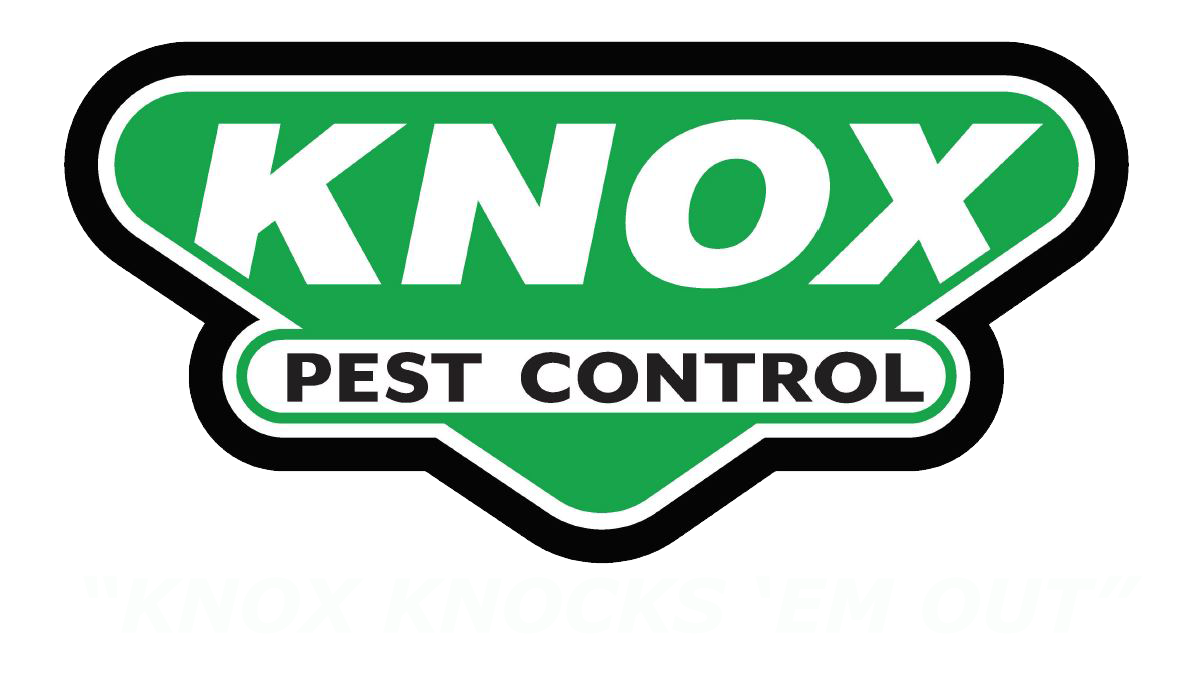WHAT OUR CUSTOMERS ARE SAYING
"Knox is the best. I never have any pest issues which is proof their product works. The technicians are always very accommodating and the billing department is very professional."
PANTRY PEST: WHO ELSE IS EATING YOUR FOOD?

There are many reasons as to why pests enter your home, but often seeking shelter and food are the leading culprits. After all, these critters are cold and hungry! This is also why crawling pests can be found in dark, cool spaces exactly like the pantry. Your household pantry is like a buffet for pest looking for a quick meal and a nice hiding spot. You may come across them cleaning out cabinets or organizing the pantry, generally, there is no reason to be alarmed.
Yuck — of course, but you can also just eliminate the pest!
What can you do to prevent these invaders? Learn who else is eating your pantry food and how to keep them out for good.
HOUSEHOLD PANTRY PEST
Did you know that, more often than not, pantry pests enter the home inside the actual food? Yes, that means that you purchased food that came pre-bugged.
In your pantry you can often find:
- Moths – The most common type of moth found in the pantry is the Indian Meal Moth. This type of moth generally consumes and is attracted to grain, dried fruits, seeds, crackers, nuts, dried red peppers, and dry pet food.
- Small Beetles – Saw-Tooth Grained beetles and Flour beetles can be found in many pantry items such as flour, dried grains, kinds of pasta, and cereals.
- Weevils – Wheat weevils are often hard to detect in pantry items, but you do spot them you will notice the thin, pointy nose. Weevils are most interested in unprocessed foods like whole wheat, oats, barley, rice, corn, and dried beans.
TIPS FOR PEST PREVENTION
According to the Penn State Department of Agricultural Sciences: Department of Entomology, the first step in prevention is to control the pest. You will want to rule out an infestation as opposed to a controlled event. It is likely not an infestation if you have seen only one or two pests, but you should inspect all pantry items and dried goods after spotting the initial signs.
Secondly, dispose of all food that is contaminated or may have been contaminated by the pest. While most pantry pests are not harmful if consumed, there may be smaller eggs you cannot see inside the food and it is best to throw away. Lastly, store all your pantry items in airtight containers, not just the boxes they initially were purchased from the store in. Tightly sealed containers will prevent the future pests from seeking out your dry goods and also give you peace of mind knowing your pantry is safe.
Contact Knox Pest Control to learn more about the pest control solutions we offer and to schedule your next home inspection today.
